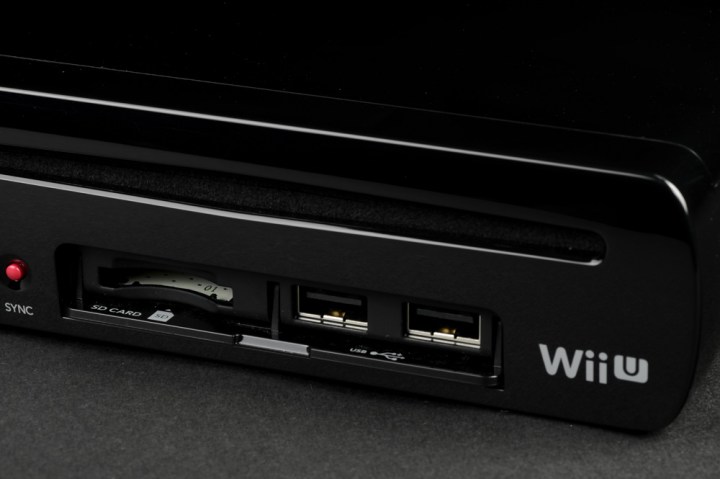
Gamers have purchased a mere 460,000 Wii U units in the last six months, according to Nintendo’s recently released financial statements covering the period from April through the end of September. That’s fewer than the number of people who visited Iceland in 2012. With that figure added in, the total number of Wii U consoles sold since its 2012 release has risen to just 3.91 million.
To rub salt in the wound, the 7-year-old Wii, by comparison, sold 470,000 units during the same period. That puts the total number of Wiis sold at over 100 million since its release in 2006. Wii software also outsold the Wii U over the last six months, moving 14 million games for the soon-to-be-completely discontinued system (it was recently discontinued in Europe and Asia), compared to the Wii U’s 6.3 million
Although the news is fairly horrible for Nintendo, there is one definite bright spot – the Nintendo 3DS. In the last six months, Nintendo’s handheld system sold 3.89 million units, bringing the total number of 3DS units sold to just shy of 35 million. The system also sold an impressive 27 million pieces of software in that same time period.
The Wii U did see a huge boost in sales thanks to the release of The Legend of Zelda: Wind Waker HD game and bundle, which released in North America on September 20 while most of the world received it in October, after the fiscal period had ended. In the UK alone, Wii U sales briefly spiked 685-percent. November will also see the release of two big Wii U titles: Wii U Fit and Super Mario 3D World. Of course, both releases come during the launch month of the PlayStation 4 and Xbox One. It could end up being a very, very bad year for Nintendo.
Editors' Recommendations
- The biggest gaming news of 2023: Insomniac leak, GTA 6 reveal, and more
- Nintendo is shutting down online services for 3DS and Wii U next April
- Before the Wii U eShop closes, pick up the best Zelda remaster ever
- Download these rare Wii U games before they disappear
- The Nintendo 3DS’ best (and weirdest) cult hit is coming to Apple Arcade

